HD video conferencing: As good as being there?
Is high-definition video conferencing finally good enough to make up for not meeting in person?
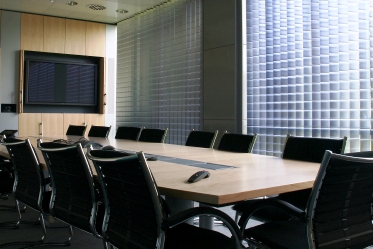

Cisco is working on interconnections for its TelePresence system, but currently you can only use it within your own organization at HD or with other video conferencing systems at standard definition.
To get round this, Proctor and Gamble is putting TelePresence rooms into facilities that are close to suppliers and customers, so they can come to one facility for a meeting with staff who work elsewhere in the company. P&G uses the system for product development and to synchronise product launches. Interoperability will be crucial if customers are going to use the system in the other ways Cisco expects, like negotiating mergers and acquisitions. "When you discuss which head of sales will end up in charge," says Hsieh, "you don't do it over email or on the phone."
Within three years, Cisco plans to have an HD video conferencing system for use at home, offering 1080p video on a 65" screen, based on a single-screen $80,000 TelePresence setup it already puts in executive offices. Chief executive John Chambers has one, as does the receptionist who handles enquiries on all the floors of the Cisco Enterprise Briefing Centre without walking up and down stairs all day. This needs around 2Mbps per screen for a conversation that still has no noticeable latency.
HP has recently introduced a mobile Halo setup that you can move from room to room or install without needing to build it in. The $120,000 Halo Collaboration Center has a single large screen and camera, mounted on an angled wall and attached to a table for consistent lighting and positioning. This is the kind of Halo system that HP will soon be installing in some Marriot hotels.
DIY HD
Polycom, Tandberg and Sony all have HD video conferencing components, but you have to put a system together yourself (or work with a reseller). You can get a 720p HD connection with a single screen on a connection that's at least 2Mbps but remember that putting a screen into a standard meeting room is a much less lifelike and immersive experience. LifeSize promises 720p HD at 1Mbps and a basic setup costs at little as 3,500 per location although multiple screens and cameras take installation prices up to over 20,000. The LifeSize Room isn't a Halo-style installation; it's a camera, speakerphone, remote control and conferencing adapter that you can connect two monitors and four remote sites to.
If you want to try out conferencing with something just a little better than a standard Webcam while you wait for true high definition prices to drop, version 3.6 of Skype offers 640 by 480 resolution video at 25-30 frames per second if you're using the right Logitech camera (a Quickcam Pro 9000, Quickcam Sphere AF or Quickcam Pro for Notebooks). These models have Carl Zeiss lenses, fast autofocus so the video can get a business card in focus in under three seconds 2 megapixel sensors, automatic adjustment for unusually dark or bright backgrounds, noise cancelling microphones and the right drivers to do what Skype calls High Quality Video'.
Get the ITPro daily newsletter
Sign up today and you will receive a free copy of our Future Focus 2025 report - the leading guidance on AI, cybersecurity and other IT challenges as per 700+ senior executives
Encoding and decoding the video means you need a dual core PC to cope with it and both ends of the conversation need fast broadband (384Kbps or above).
VGA resolution is a far cry from HD but it's still eight times as much information as standard Skype video calls. You don't get the feeling that you're almost in the same room but high-quality Skype is good enough for full screen video where you can see the expression on someone's face and read a business card if they hold it up to the camera.
Microsoft's futuristic-looking RoundTable camera isn't high definition either, but it's smarter than a Webcam. You get a 640 by 480 view of the active speaker, but the five cameras and six microphones work together to produce a panorama view of the room so you can look around and see how everyone is reacting. The RoundTable adjusts the brightness, white balance and size of images to avoid problems with bright windows, dark corners and people at the far end of the table looking noticeably smaller. The panorama view is 1056 by 144 at 15 frames per second, and needs 500Kbps, so you can use it over standard DSL connections and office networks.
When someone starts talking, the active view switches to them automatically by detecting the sound and calculating the direction it comes from; it also checks for a face so you're not seeing an image of a speakerphone or the whiteboard their voice is reflecting off. If you're using Microsoft Office LiveMeeting you see the panorama and active speaker in the meeting window and if you record it you can skip through the meeting based on who is talking.
You can also see the panorama view in a OneNote shared session; the RoundTable shows up as a standard USB camera and if you use it with tools like Skype or Office Communicator you don't get the panorama view but the video does switch to the active speaker automatically.
Again, RoundTable's video quality doesn't give you the feeling of presence you get with high-end systems like Halo and it's no substitute for a real meeting. With Halo or Telepresence, you do feel you've actually met the people you see on screen. At 1,500, though, it's far cheaper and seeing everyone is a huge improvement over a conference call that leaves you struggling to work out who's saying what.
Even Skype and the right Webcam give you better communication than a phone call alone. But if you want true high definition conferencing you'll have to pay a high price, wait a few years or leave the office after all.
Mary is a freelance business technology journalist who has written for the likes of ITPro, CIO, ZDNet, TechRepublic, The New Stack, The Register, and many other online titles, as well as national publications like the Guardian and Financial Times. She has also held editor positions at AOL’s online technology channel, PC Plus, IT Expert, and Program Now. In her career spanning more than three decades, the Oxford University-educated journalist has seen and covered the development of the technology industry through many of its most significant stages.
Mary has experience in almost all areas of technology but specialises in all things Microsoft and has written two books on Windows 8. She also has extensive expertise in consumer hardware and cloud services - mobile phones to mainframes. Aside from reporting on the latest technology news and trends, and developing whitepapers for a range of industry clients, Mary also writes short technology mysteries and publishes them through Amazon.
-
 Should AI PCs be part of your next hardware refresh?
Should AI PCs be part of your next hardware refresh?AI PCs are fast becoming a business staple and a surefire way to future-proof your business
By Bobby Hellard
-
 Westcon-Comstor and Vectra AI launch brace of new channel initiatives
Westcon-Comstor and Vectra AI launch brace of new channel initiativesNews Westcon-Comstor and Vectra AI have announced the launch of two new channel growth initiatives focused on the managed security service provider (MSSP) space and AWS Marketplace.
By Daniel Todd
-
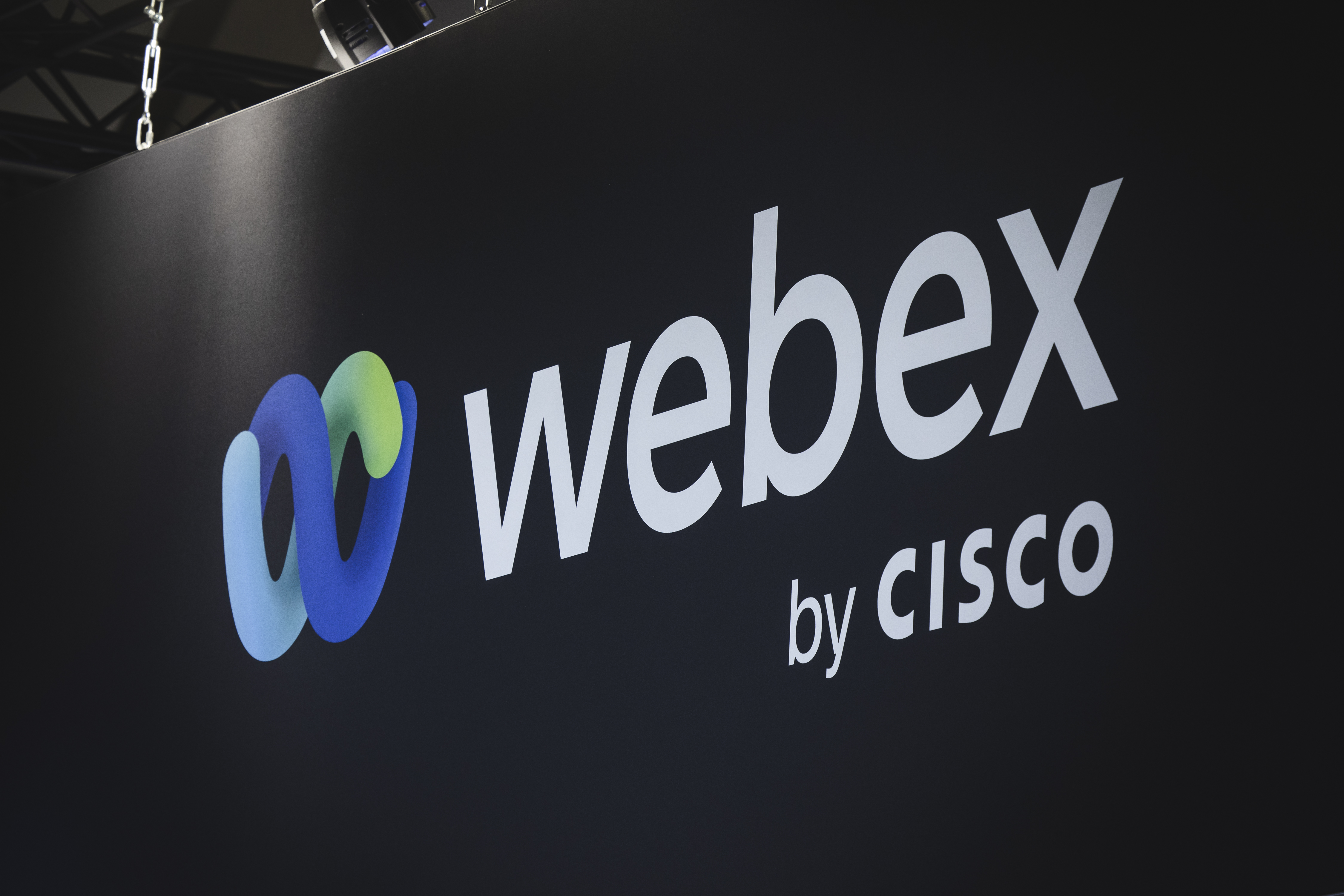 Cisco is ramping up AI features in Webex, but in a market dominated by Google, Zoom, and Microsoft, it may struggle to boost user uptake
Cisco is ramping up AI features in Webex, but in a market dominated by Google, Zoom, and Microsoft, it may struggle to boost user uptakeAnalysis Cisco is confident that new AI features for Webex will have users flocking to the platform, but it still faces stiff competition in the productivity space from major industry players
By Solomon Klappholz
-
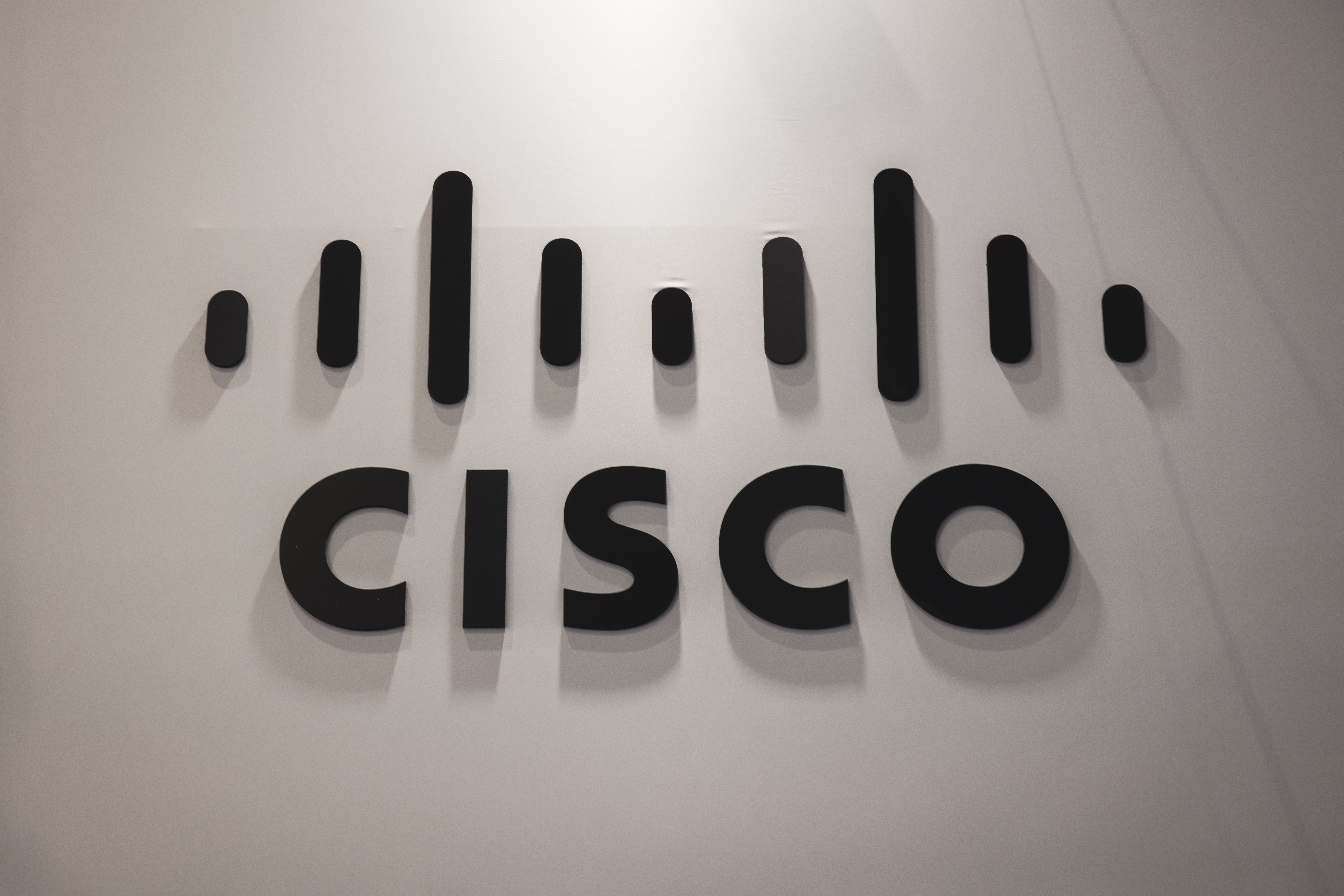 Cisco just launched Motific, its first SaaS product aimed at supporting generative AI deployments
Cisco just launched Motific, its first SaaS product aimed at supporting generative AI deploymentsNews Cisco said Motific will help customers deploy generative AI tools faster, and more effectively
By Ross Kelly
-
 Cisco signals open source intentions with Isovalent acquisition
Cisco signals open source intentions with Isovalent acquisitionNews Cisco says it will leverage the open source capabilities of Cilium to create a “truly unique” multi-cloud and security platform
By Daniel Todd
-
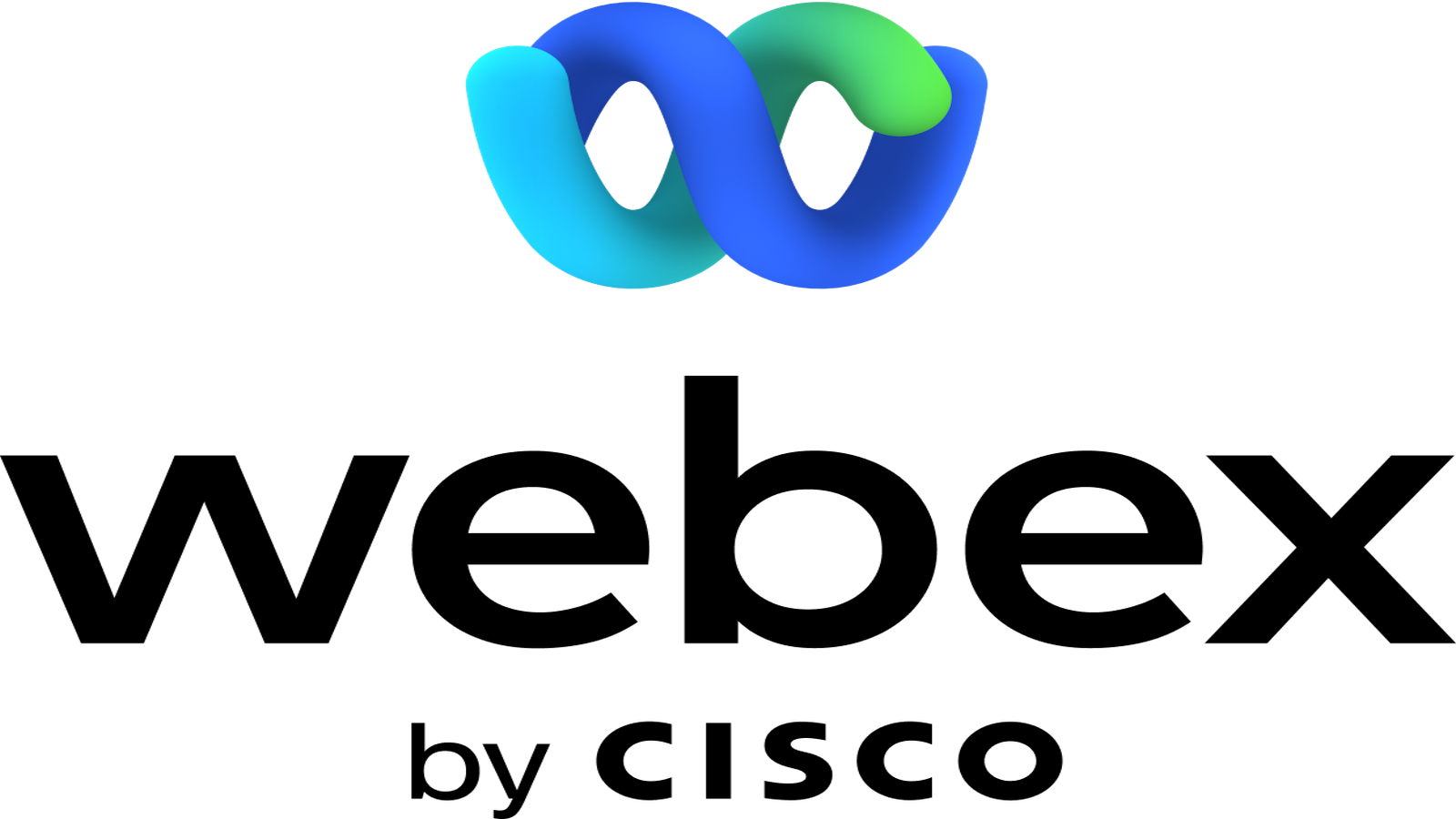 Cisco's Socio Labs acquisition will bring Webex enhancement
Cisco's Socio Labs acquisition will bring Webex enhancementNews The hybrid event management startup caters to in-person and virtual audiences
By Praharsha Anand
-
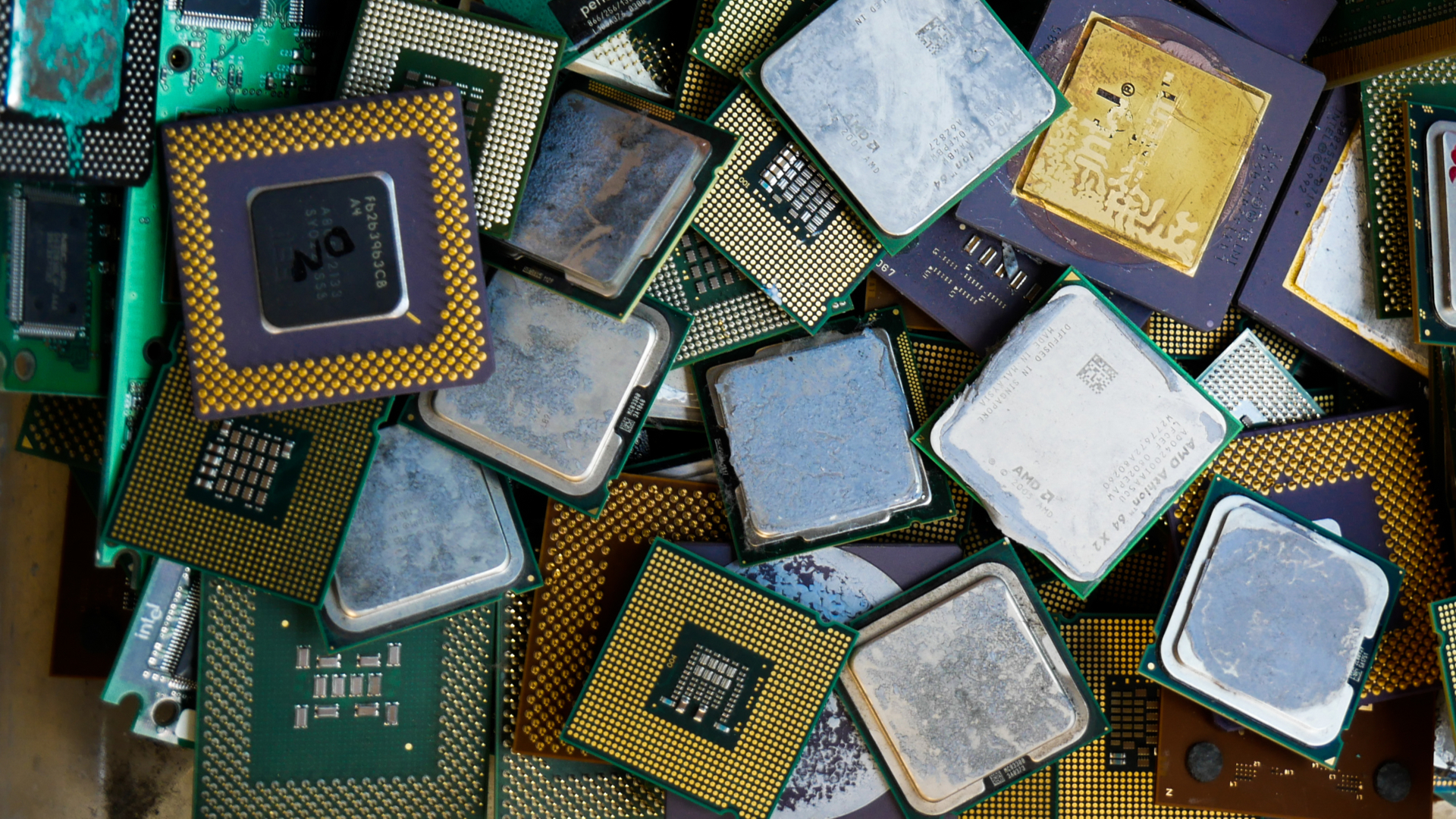 Tech giants lobby US to fund chip production
Tech giants lobby US to fund chip productionNews Industry heavyweights ask Congress for $50 billion in chip manufacturing subsidies
By Mike Brassfield
-
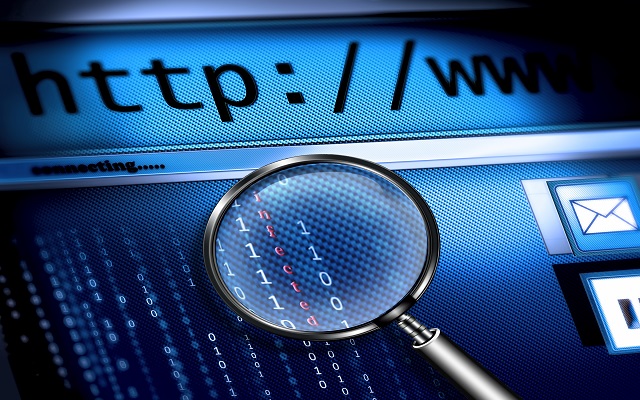 PRISM fallout could damage business, claim Google and Cisco
PRISM fallout could damage business, claim Google and CiscoNews BRIC revenues decline following Snowden revelations
By Jane McCallion
-
 Industry unsurprised at demise of Cisco Cius tablet
Industry unsurprised at demise of Cisco Cius tabletNews High prices, closed systems and the iPad blamed as networking vendor ends investment in tablet device.
By Caroline Donnelly
-
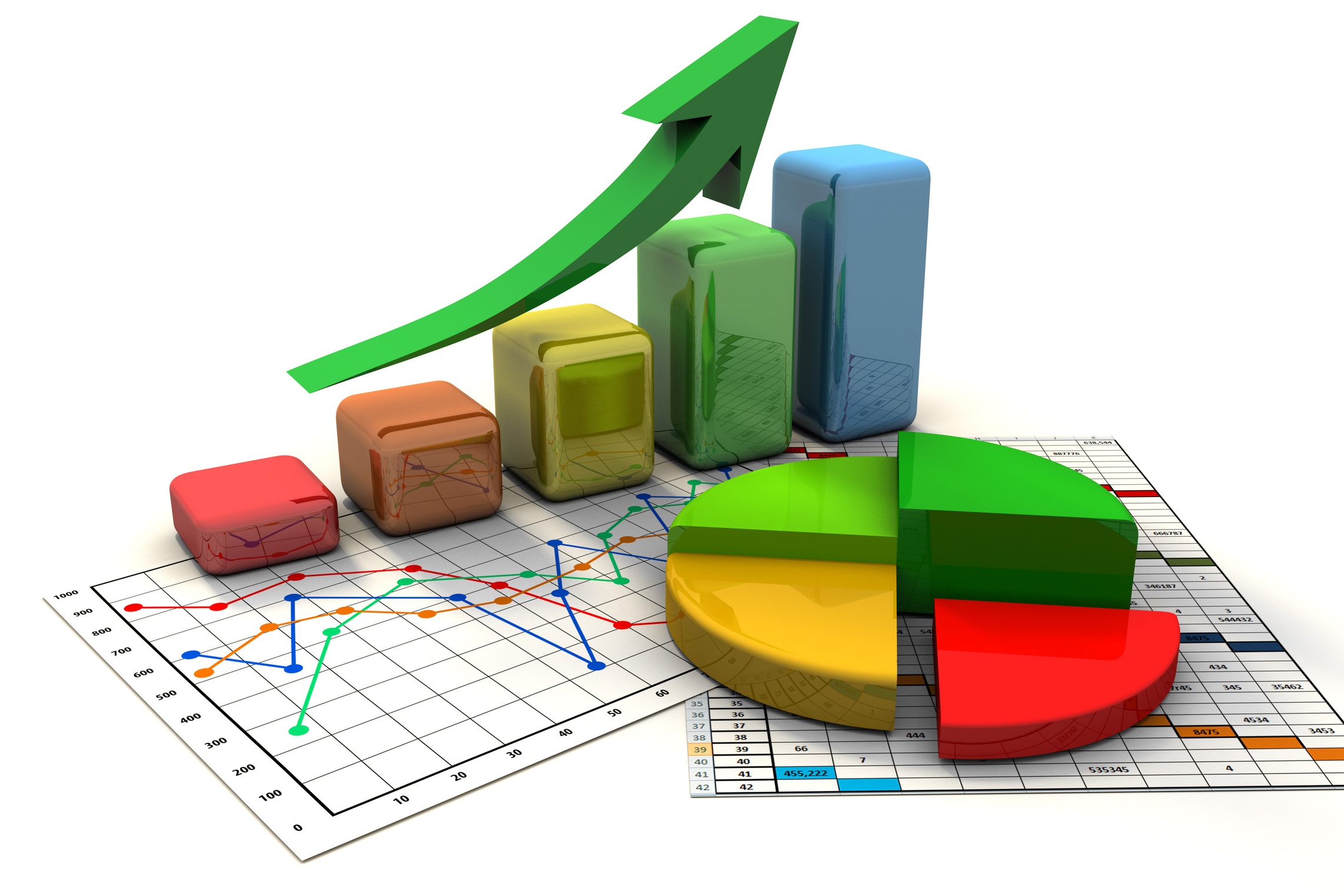 Cisco posts bumper results amidst restructure
Cisco posts bumper results amidst restructureNews The networking giant impresses analysts with solid profit and record revenue.
By Tom Brewster